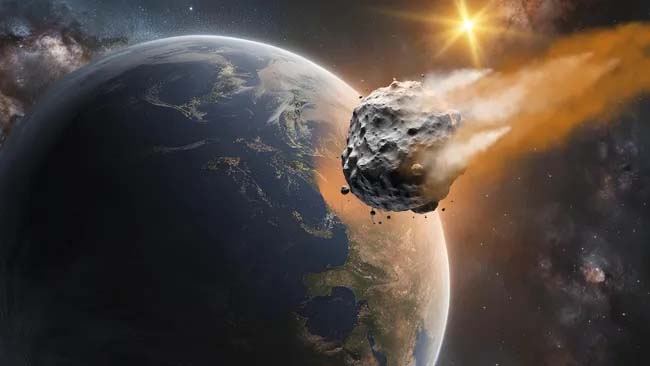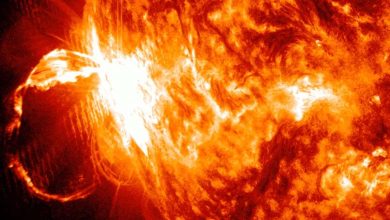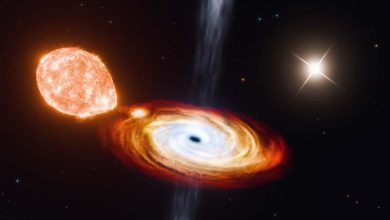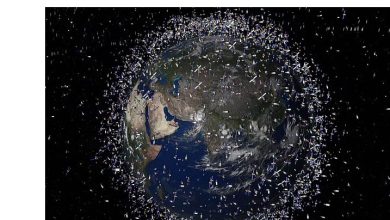A 200 times larger meteorite helped life develop on Earth

Science: There’s perhaps no better example of the destructive power of space rocks on our planet than the asteroid that killed off the dinosaurs along with three-quarters of Earth’s plant and animal species about 66 million years ago. Now, scientists have discovered that an even earlier and more massive space rock may have struck Earth — yet it seems to have benefited life rather than destroyed it. The impact occurred about 3.3 billion years ago, during the early period of the solar system when asteroid strikes were much more common. The meteorite, called S2, is about 200 times larger than the Chicxulub impactor that killed the dinosaurs. S2 struck Earth when only simple, single-celled life existed on our planet — and the devastation caused by the impact, which occurred off the coast of Cape Cod, may have actually helped these simple life forms thrive, leading to a population explosion in bacteria and archaea.
“We think of impact events as being catastrophic for life,” team leader and Harvard geologist Nadja Drebon said in a statement. “But this study is highlighting that these impacts may have benefited life, especially in the early stages, and that these impacts may have actually allowed life to thrive.” A team of scientists led by Harvard’s Drebon discovered evidence of this ancient impact in the Barberton Greenstone Belt region of South Africa. The researchers painstakingly recovered rock samples, examined the chemical composition of the rocks, and analyzed the distribution of different forms, or isotopes, of carbon in them. This allowed Drebon to tell the story of what happened 3 billion years ago, when S2 collided with our planet.
The day the meteorite arrived
When S2 collided with Earth, it would have triggered a huge tsunami that would have filled the ocean floor with debris, which would have washed into coastal areas. The tremendous heat generated by the impact would have boiled the upper layers of the ocean, which would have also heated Earth’s atmosphere.
“Imagine you’re standing in shallow water off the coast of Cape Cod. It’s a low-energy environment, with no strong currents,” Drabon said. “Then all of a sudden, you have a giant tsunami coming in and tearing across the ocean floor.”





